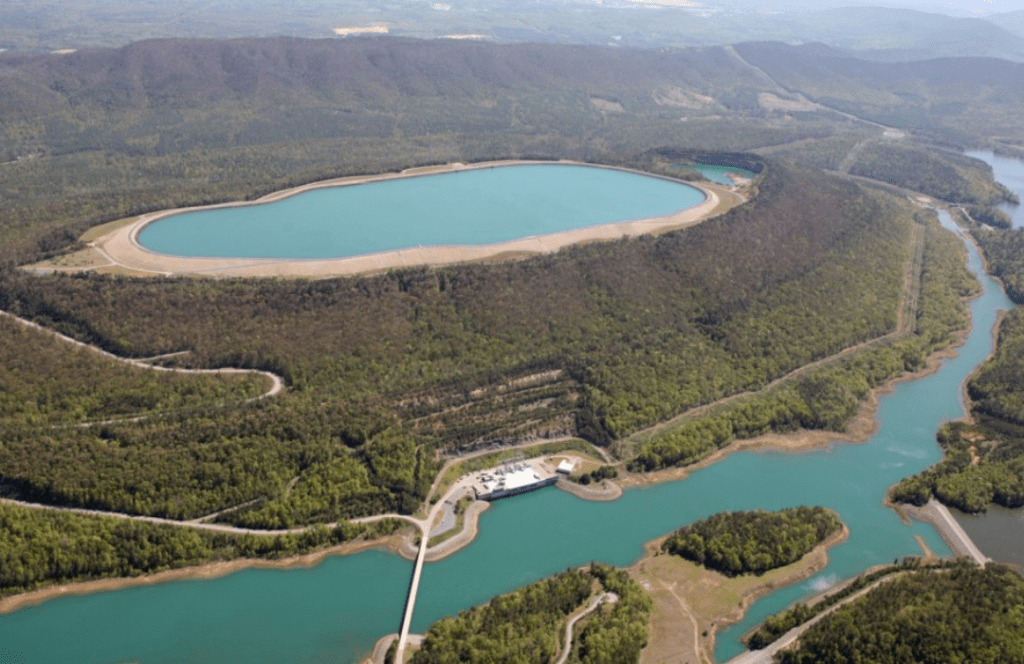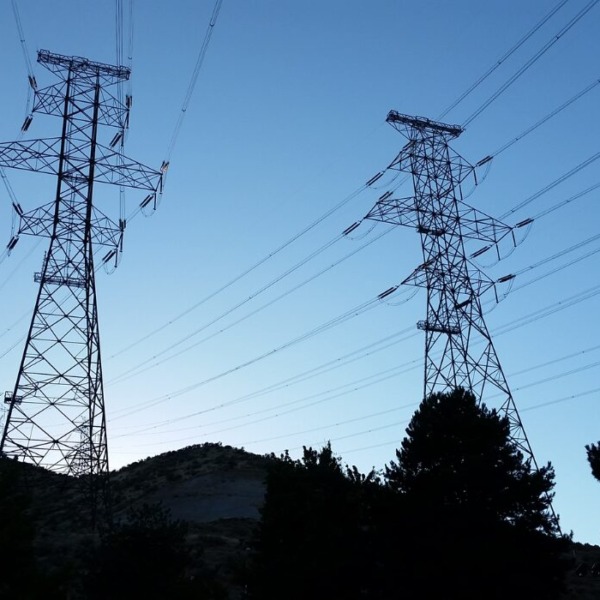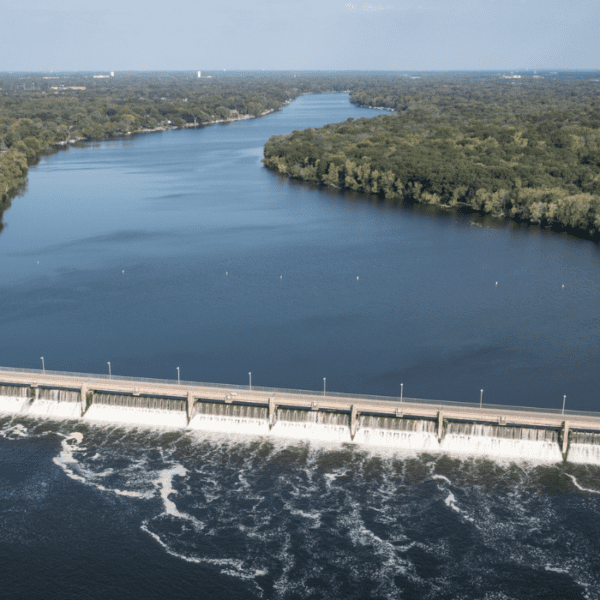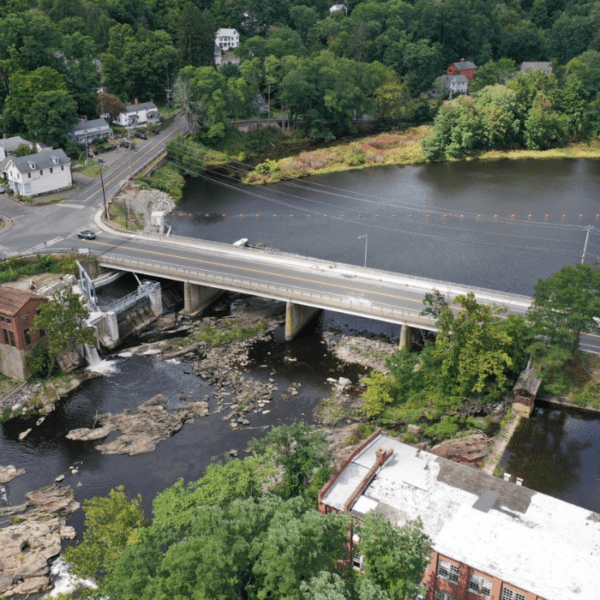In the past ten years, there has been a surge of interest among the developer and finance community to build new pumped-storage facilities.
The latest activity occurred on June 28, 2021, when the Federal Energy Regulatory Commission (FERC) issued an order approving Daybreak Power’s application for a preliminary permit to develop a 2,650-MW pumped-storage hydro project on Lake Roosevelt in Washington State. (See details about the project in the “Recommended Reading” section below.)
The massive $4.9 billion proposed Halverson Canyon project, to be partially constructed on federal land of the U.S. Department of Interior’s Bureau of Reclamation, is expected to create 3,500 jobs and provide the western United States with much needed long duration storage to integrate renewables as well as to provide critical balancing services.
Why It Matters
While the new FERC order simply gives Daybreak priority to develop the site and the access needed to gather information, the project is the latest indication that long-duration storage will be the key to a zero carbon grid.
The National Hydropower Association (NHA) is increasingly focused on interfacing with and influencing wholesale electricity market designers and system operators to ensure hydro as a long-duration storage technology is incented to provide essential reliability services that will be in greater demand to integrate variable resources.
In April 2021, NHA released a report, “Leveraging Flexible Hydro in Wholesale Markets: Principles for Maximizing Hydro’s Value,” that points out the critical need to correctly value the vast array of services that hydro and pumped storage can offer in various market designs.
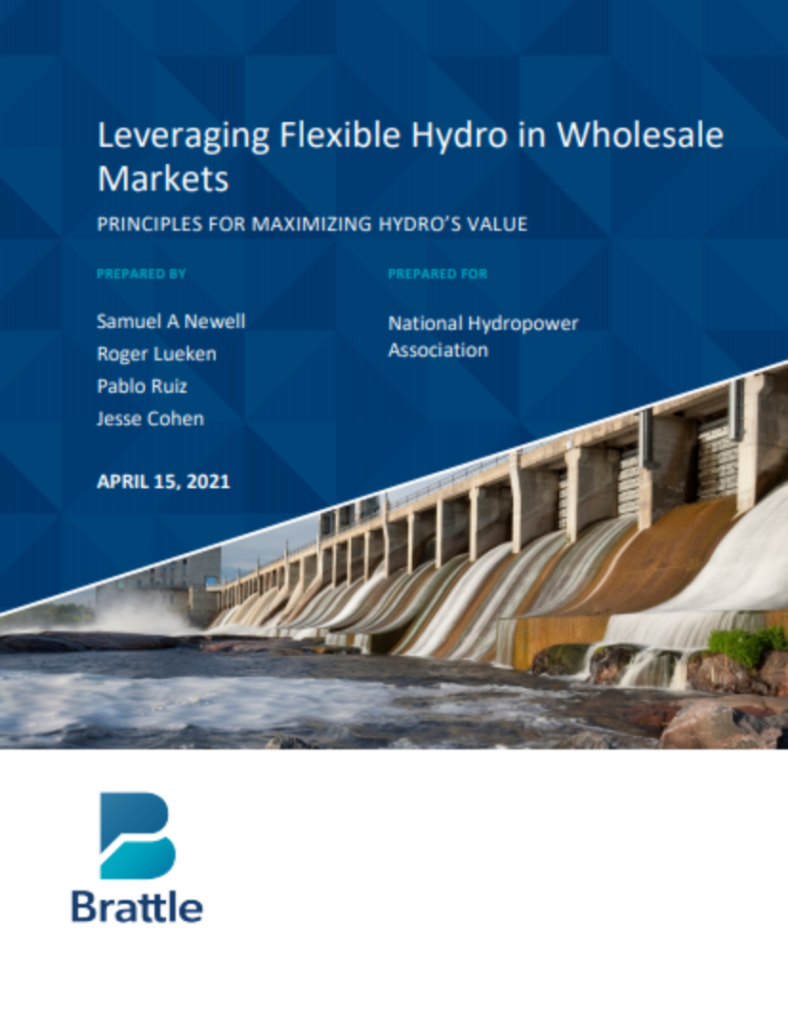
NHA facilitates a Pumped Storage Development Council in which interested member companies work together to remove barriers to pumped storage development, including influencing market design and obtaining financial incentives for construction.
Council chair is Justin Trudell, Vice President, Operations, FirstLight Power. Vice chairs are: Todd Briggeman, Project Manager Black & Veatch Corporation; Jim Moen, Director of Engineering, Power Generation, Pacific Gas and Electric Company (PG&E); and Nathan Sandvig, Vice President Rye Development.
Participating companies in the Council include Absaroka Energy LLC, Brookfield Renewable Energy Group, Cat Creek Energy & Water Company, Copenhagen Infrastructure Partners (CIP), Eagle Crest Energy Company, Rye Development, Climate Adaptive Infrastructure Fund, Ames Construction, Barnard Construction Company, BC Construction USA, Crowder Industrial Construction, Kiewit, Southern Company, and Tennessee Valley Authority.
NHA member companies are kept abreast of important policy, technology and business developments in this fast changing area of new hydropower development.
Recommended Reading
The following article, posted on Business Wire, provides details about Daybreak Power’s plans for the proposed project.
ARLINGTON, Va.–(BUSINESS WIRE)–Daybreak Power Inc., a developer of gigawatt-scale energy storage projects, announced today that the Federal Energy Regulatory Commission has issued a preliminary permit for its proposed 2,650 megawatt Halverson Canyon Pumped Storage project near Creston, Wash., about 35 miles upstream from Grand Coulee Dam on the Columbia River.
FERC’s decision June 28 marks an important early milestone for this estimated $4.9 billion project, which would connect to the nearby Pacific Northwest transmission system and ensure reliable, around-the-clock delivery of wind and solar power from Montana and throughout the Northwest.
The Halverson Canyon project is a pumped storage hydropower facility that would use water from Lake Roosevelt and a new reservoir in an upland area above the lake to create a gigantic battery. The facility would use cheap, abundant renewable energy to pump water to the upper reservoir, then release it through turbines and back to the lake to generate 10 hours or more of renewable energy on-demand each day.
The Halverson Canyon project would not dam any rivers, inundate sacred places or deplete water resources. It was sited to minimize impacts on endangered species, steer clear of culturally significant sites and minimize adverse impacts on recreation.
In June, the Bureau of Reclamation selected the Halverson Canyon project through a competitive process to receive a preliminary Lease of Power Privilege. Reclamation has determined the project offers the most cost-effective alternative for pumped storage at Lake Roosevelt.
Daybreak Power is committed to working with area landowners, the recreation industry, conservation groups and the nearby Colville, Spokane and other Tribes to wisely develop this storage project that will open a path to building a 100 percent carbon-free economy once and for all.
“Study after study shows we’re going to need massive amounts of storage to integrate high levels of wind and solar, and we need to do it smart,” said Daybreak CEO Jim Day. “The Halverson Canyon project does that. This project marks a turning point for the Pacific Northwest to transition off fossil resources and onto carbon-free renewables at a scale never seen before.”
The Halverson Canyon facility is Daybreak’s third and largest energy storage proposal, following its proposed 1,540 MW Next Generation Pumped Storage facility near Hoover Dam and 2,210 MW Navajo Energy Storage Station near Lake Powell.
Each of these projects dwarfs any proposed storage facility using lithium-ion batteries, leveraging the economy of scale, long duration and 50+ year lifespan of pumped hydro facilities to offer a far more cost-effective storage solution. Pumped hydro is a well understood technology that has provided 95 percent of the nation’s electricity storage for decades—far longer than the lifespan of current batteries, which wear out in just a few years.
“It’s time to start building storage projects that actually work to deliver renewable energy on-demand and around-the-clock,” Day said. “Let’s make it happen!”



